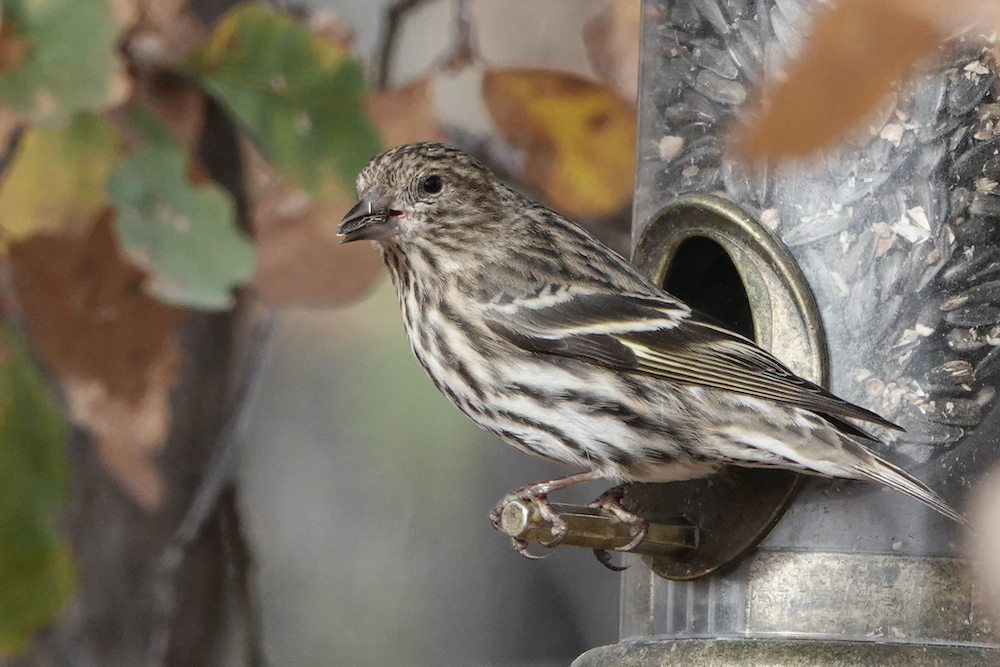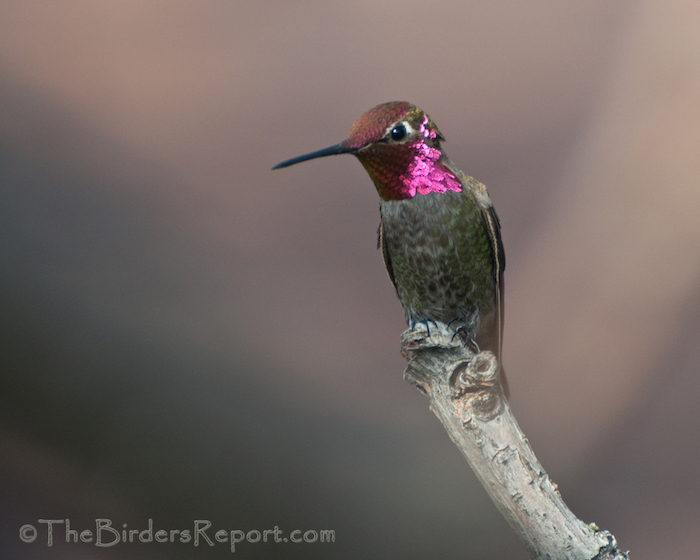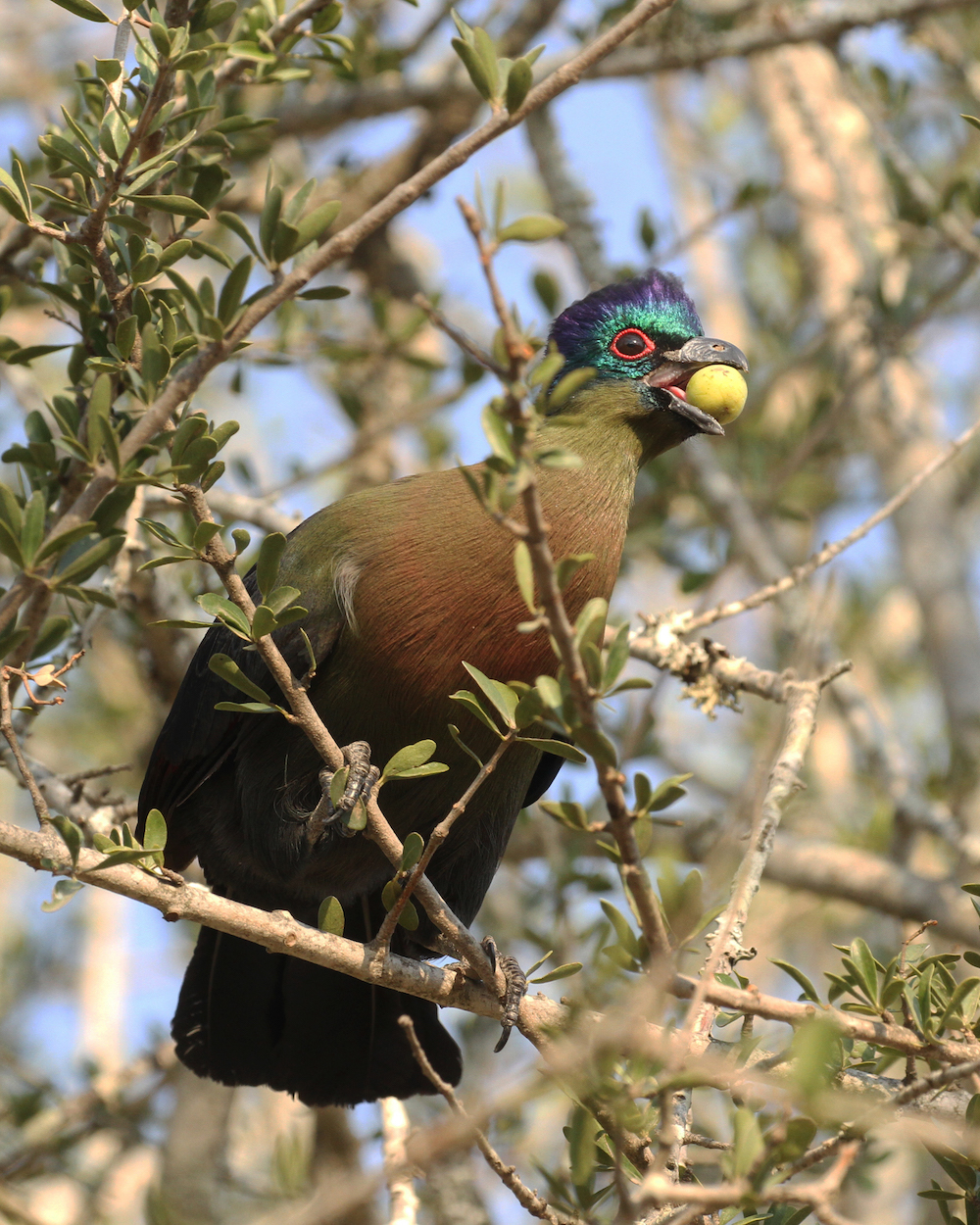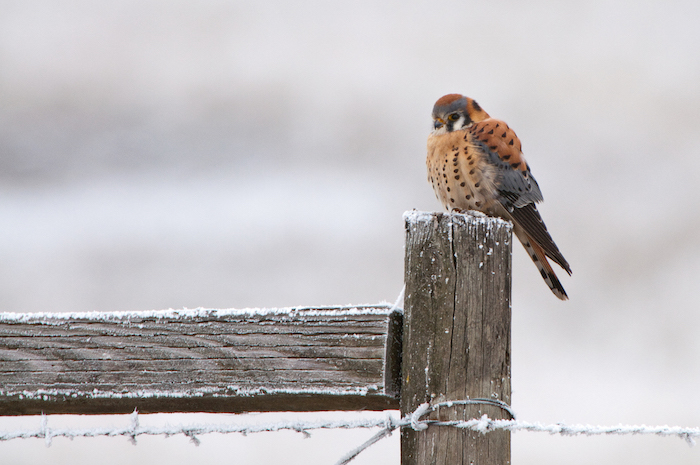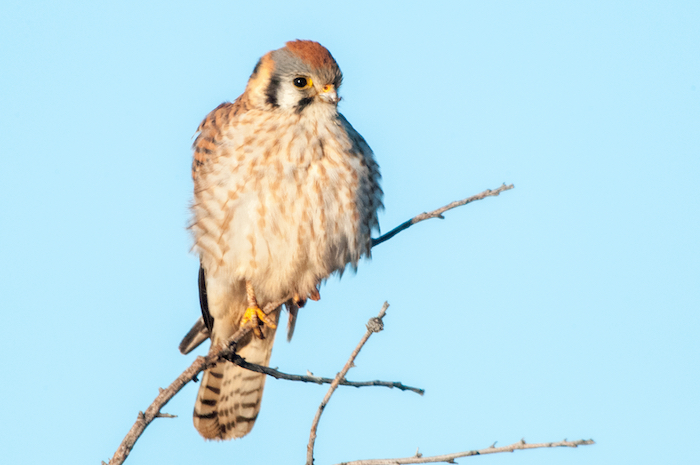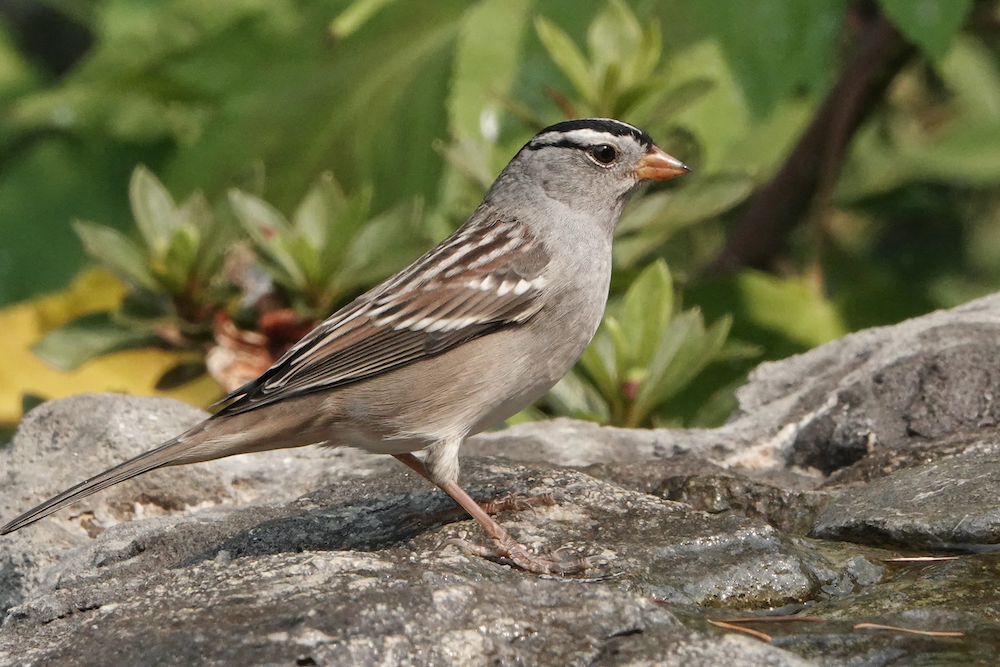
Peregrine Audubon’s Christmas Bird Count (CBC) has those experts who can help bring us a step closer to our goal to bird identification. Join us on Tuesday, December 15 at 7:00 p.m. on Zoom when Ryan Keiffer will point out distinguishing field marks of our Ukiah area birds. He will discuss and illustrate the sparrows and finches, jays and blackbirds, ducks and waders, as well as the raptors, the hawks and owls, all in living color.
Zoom in with your tough questions for the experts. What birds can I expect in my back yard this winter? How do sparrows and finches differ? Is it really possible to see eagles in the Ukiah Valley? What are the ducks and gulls at Lake Mendocino? Anyone interested in bird calls? Our speaker can help with that too.
Peregrine Audubon offers help in the field. Beginners and experienced birders will benefit at the Zoom Meeting on December 15 meeting at 7PM and the sign up for the CBCount which takes place on Saturday, December 19. Ryan will explain how the Christmas Bird Count is going to work in this age of a pandemic.
Yard-birding has become much more popular this year and we are hoping this will be a way for many of you to safely participate in the Christmas Bird Count. A Tally Sheet showing expected species and those requiring further documentation will be available to those birding from home. We ask that you get your tally sheets to your area leader within 24 hours after the count! Certain area leaders might be willing to delegate birding regions to individuals if you reach out to the area leaders themselves, or contact Ryan Keiffer. Above all, you must follow all local Health Orders, maintain social distancing, and proper masking.
Ryan will also give a presentation that he, Bob Kieffer and Matthew Matthiessen have put together over the last few years.
Many of us will be counting at home this year if we live within the 15-mile diameter count circle (which includes Ukiah). By all means, contact Ryan Keiffer (707-671-5834) or Bob Keiffer (707-744-1160) for details.
Join Zoom Meeting Info.
https://us02web.zoom.us/j/
Meeting ID: 818 0464 3206
Passcode: 167994
One tap mobile
+13017158592,,81804643206#,,,,
+13126266799,,81804643206#,,,,
Dial by your location
+1 301 715 8592 US (Washington D.C)
+1 312 626 6799 US (Chicago)
+1 929 205 6099 US (New York)
+1 253 215 8782 US (Tacoma)
+1 346 248 7799 US (Houston)
+1 669 900 6833 US (San Jose)
Meeting ID: 818 0464 3206
Passcode: 167994
Find your local number: https://us02web.zoom.
This Peregrine Audubon sponsored presentation is free to the public, though donations will be welcome. To join Peregrine Audubon Society please send $20 to PAS, P.O. Box 311, Ukiah, CA 95482. For more information, news letter and programs on a wide variety of topics related to birding in Mendocino County please go to www.peregrineaudubon.org.

